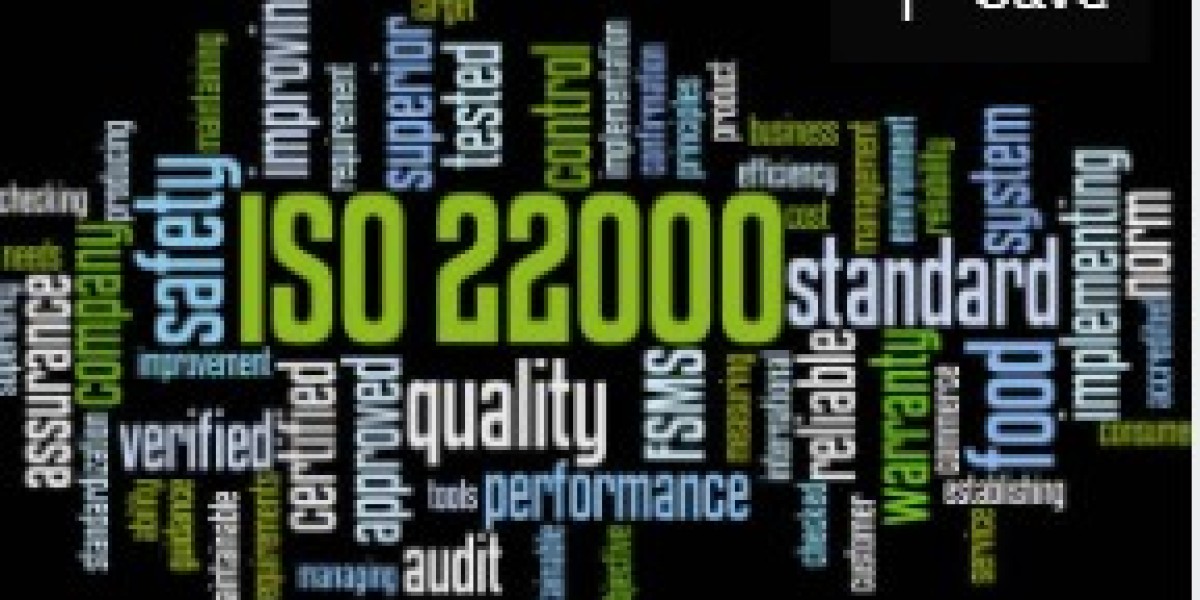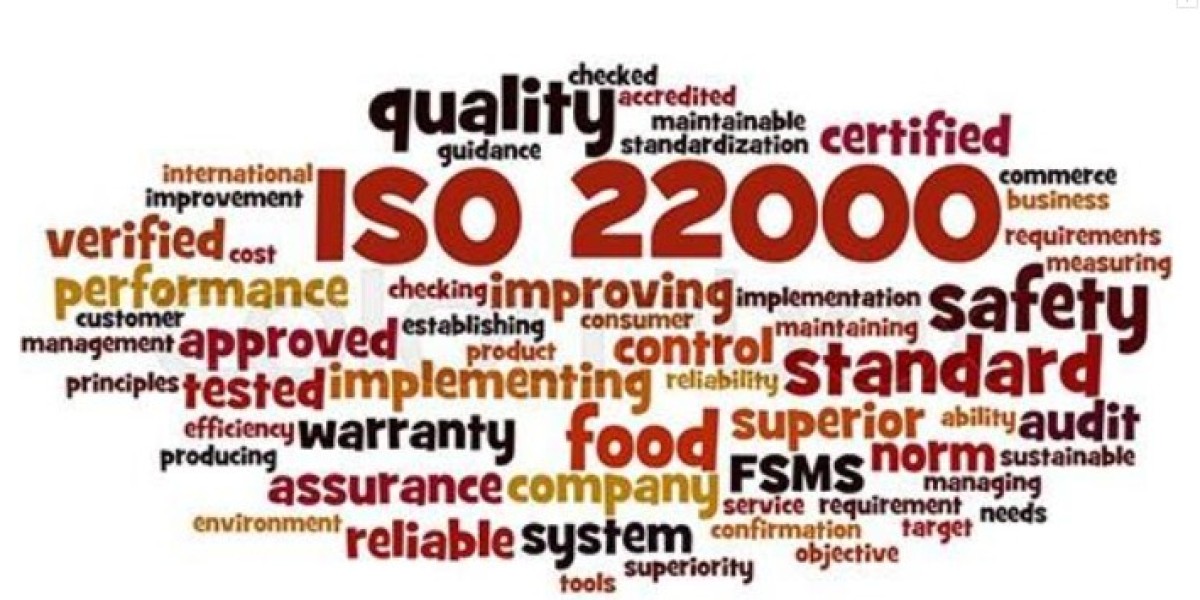ISO 22000 Training Guide
Introduction to ISO 22000
ISO 22000 is an international standard specifying the requirements for a food safety management system (FSMS). It integrates principles of the Hazard Analysis and Critical Control Points (HACCP) system and application steps developed by the Codex Alimentarius Commission.
Importance of ISO 22000
ISO 22000 ensures that food safety hazards are identified and controlled at every stage of the food supply chain. It applies to all organizations in the food chain, from farm to fork.
Key Components of ISO 22000
1. Management Responsibility
- Commitment and Policy: Top management must demonstrate commitment to the development and implementation of the FSMS and continually improve its effectiveness.
- Food Safety Policy: Establish a clear policy that ensures food safety.
- Communication: Establish effective internal and external communication channels.
2. Resource Management
- Human Resources: Ensure that all personnel have the necessary skills and training.
- Infrastructure: Provide the necessary buildings, workspace, and associated utilities.
- Work Environment: Maintain a suitable environment to ensure food safety.
3. Planning and Realization of Safe Products
- Pre-requisite Programs (PRPs): Basic conditions and activities necessary to maintain a hygienic environment.
- Hazard Analysis: Identify hazards and assess their likelihood and severity.
- Operational PRPs: Control measures applied to prevent or eliminate food safety hazards or reduce them to acceptable levels.
- HACCP Plan: Develop and implement a plan based on HACCP principles.
4. Validation, Verification, and Improvement
- Validation: Confirm that control measures are capable of achieving the intended control of hazards.
- Verification: Ensure the FSMS is operating as planned.
- Improvement: Continuously improve the FSMS by updating processes and systems based on performance evaluation.
Steps to Implement ISO 22000
1. Gap Analysis
Conduct an initial assessment to identify gaps between the current system and ISO 22000 requirements.
2. Training and Awareness
Train staff at all levels on ISO 22000 requirements and the importance of food safety.
3. Develop Documentation
Create necessary documents such as the Food Safety Policy, HACCP plan, and SOPs.
4. Implement Control Measures
Put in place PRPs, operational PRPs, and the HACCP plan.
5. Monitor and Measure
Regularly monitor and measure the performance of the FSMS to ensure it is effective.
6. Internal Audits
Conduct internal audits to check compliance with ISO 22000 standards.
7. Management Review
Review the FSMS at planned intervals to ensure its continuing suitability, adequacy, and effectiveness.
8. Certification
Undergo an audit by a certification body to get ISO 22000 certified.
Benefits of ISO 22000 Certification
- Enhanced Food Safety: Improves the safety of food products and processes.
- Regulatory Compliance: Ensures compliance with legal and regulatory requirements.
- Market Access: Facilitates access to new markets and improves competitiveness.
- Customer Confidence: Builds customer trust and enhances reputation.
- Operational Efficiency: Streamlines processes and reduces waste.
Conclusion
Implementing ISO 22000 helps organizations in the food industry ensure the safety and quality of their products. It requires commitment from top management, adequate resources, and continuous improvement. By adhering to ISO 22000 standards, companies can gain certification, which provides numerous benefits including enhanced food safety, regulatory compliance, and improved market access.



